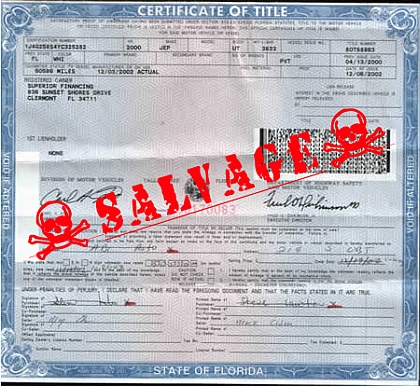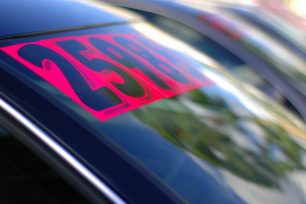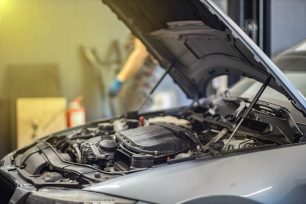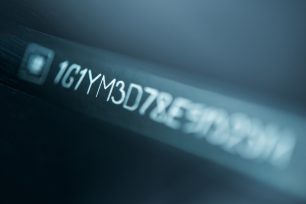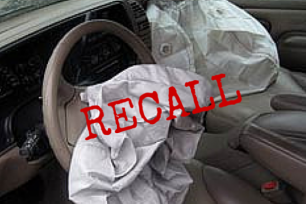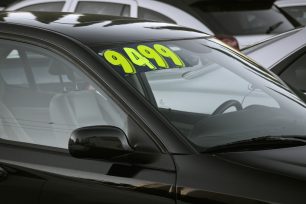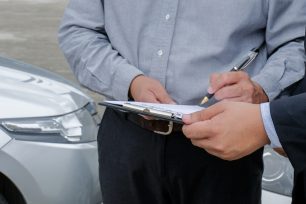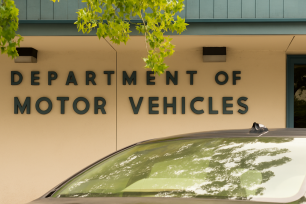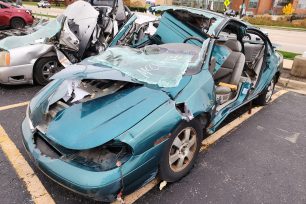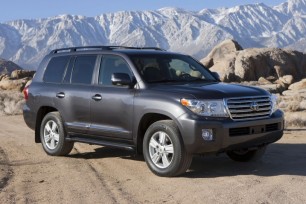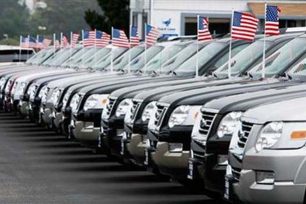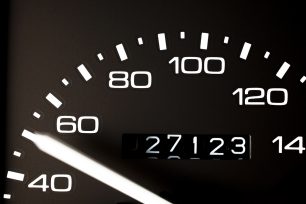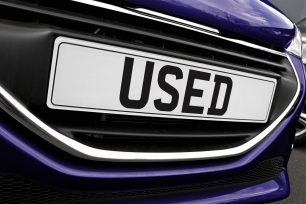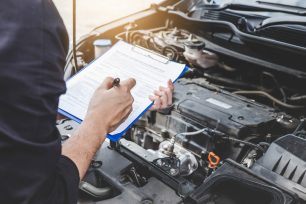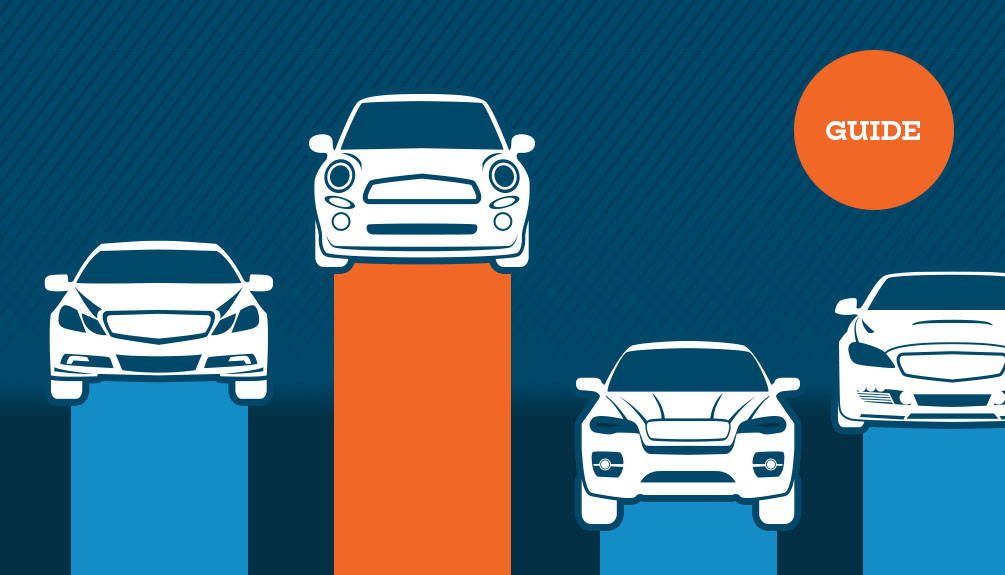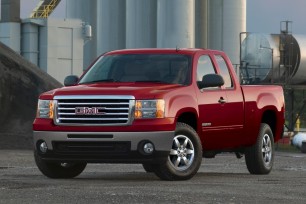Title washing is an illegal practice used by car sellers to hide a vehicle’s negative history. Understanding how title washing works, why it happens, and what car buyers can do to avoid it, can protect new and used car shoppers from overpaying for a damaged or defective vehicle.
A Clean Title Versus a Branded Title?
A car’s title is used to verify legal possession, which means a new title must be issued every time a car passes to a new owner. Car dealerships issue the first title when a new car is purchased and they can issue subsequent titles when they sell a used car. A title can also be issued by a state’s Department of Motor Vehicle (DMV), which is how private sellers transfer ownership when a dealer isn’t involved in a vehicle transaction.Beyond confirming ownership, a vehicle’s title is also used to identify any serious issues, past or present, related to a car. These issues might be a severe accident or flood damage from a natural disaster resulting in a “total loss” determination by an insurance company. A total loss means the car’s repair costs were too close to its market value to justify the repair work. When this happens an insurance company will usually pay the car’s market value to the owner (minus the deductible) and sell the vehicle as a salvage car to a junkyard or repair shop.
The insurance company will also issue a salvage title to ensure future owners know about the car’s total loss status. A salvage vehicle title is considered a “branded title” because it reflects serious past damage. If the car is repaired and re-sold, the “rebuilt title” or “salvage title” branding is meant to keep unsuspecting buyers from paying too much for it. A flood-damaged car or a car with serious accident damage, even if it’s been repaired, is worth far less than a similar vehicle with no damage history and a clean (non-branded) title.
What Is Title Washing?
Because a vehicle’s value can drop by 50% or more with a branded title, some repair shops or owners will run a scam known as “title washing.” The scammers will often move a car to a different state where a new state title is issued. Because not every state uses the same title branding standard it’s possible the branding will be lost – or washed away – when the new title is issued. The “washed title” now shows no indication of past damage from the car’s history, allowing the seller to price it like a vehicle with a clean title.While a lack of consistent title branding throughout the U.S. makes title washing easier in states like California, Mississippi, and Texas, tampering with a car’s title is defined as fraud and is punishable as a federal crime. The National Motor Vehicle Title Information System (NMVTIS) is working to create national standards and close loopholes in the titling system, which should eventually make title washing more difficult.
How To Spot Title Washing
There are some standard steps every consumer should follow when buying a used car to avoid title washing, odometer tampering, and other potential used car pitfalls.The first step is obtaining a vehicle history report using a tool like iSeeCars’ VIN check which is available for any car model year 1981 or newer, with a 17-digit vehicle identification number. This report offers a wide range of vehicle information, including market value analysis, condition analysis, recall and theft history, and vehicle title history. If a used vehicle has a questionable past or a compromised title status, a vehicle history report is the first step to spotting it.
Buyers should also have a pre-purchase inspection, or PPI, performed on a used vehicle before committing to a purchase. A PPI can be performed by an independent mechanic or shop (i.e., one not affiliated with the seller) to check for mechanical or cosmetic issues. While this can add time and expense to the purchase process, it’s a small price to pay compared to buying a car on the verge of needing major repair work.
With a vehicle history report and a pre-purchase inspection a buyer will have a much better sense of a car’s past life. Use the vehicle history report to confirm where the car was located and how many previous owners it had. Was it located in known flood regions during a major tropical storm? Has it been in multiple states? Do the odometer readings and service history make sense? Answering these questions, and getting a clean bill of health from an independent mechanic, can help buyers avoid the problems hidden by title washing.
About iSeeCars.com

